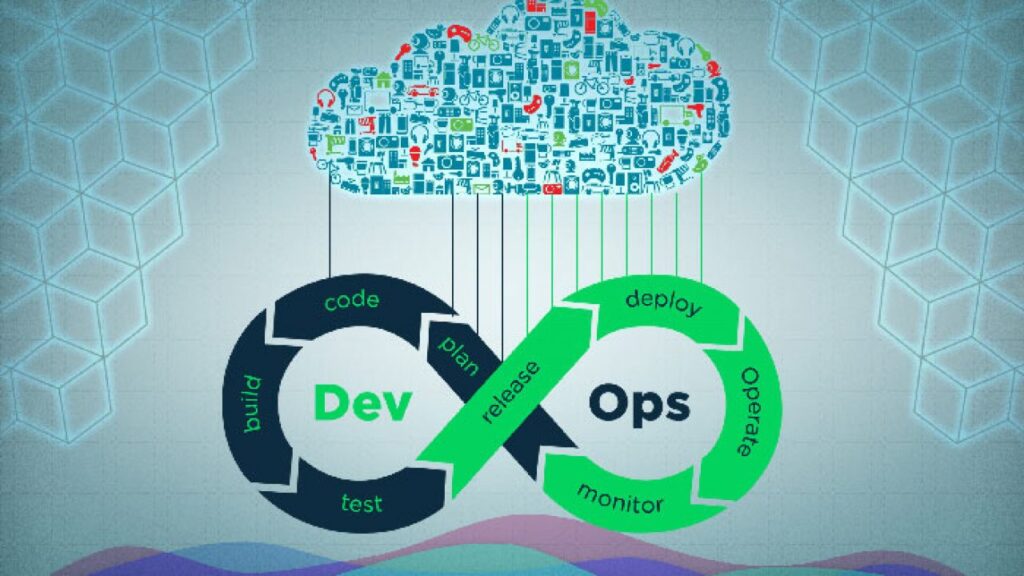How DevOps Works

How does DevOps work? Development and operations teams are no longer “silos” in a DevOps architecture. These two teams are sometimes combined into a single team where the engineers work across the whole application lifecycle, from development and testing to deployment and operations, and develop diverse abilities that aren’t limited to a particular role.
In some DevOps models, quality assurance and security teams may become more closely linked with development and operations throughout the application lifecycle. When everyone in a DevOps team is focused on security, this is referred to as DevSecOps.
These groups employ best practices to automate formerly manual procedures.
Speed
Move at a high rate so you can provide better customer service, better adapt to changing markets, and become more effective at delivering business results. Your developers and operations teams can achieve these goals using the DevOps paradigm. Microservices and continuous delivery, for example, enable teams to assume ownership of services and deploy updates more quickly.
What is DevOps and how does it work?
Prompt Delivery
Increase the number of releases and the speed with which they are released so that you can innovate and upgrade your product more quickly. The faster you can deploy new features and solve defects, the better you’ll be able to adapt to client requests and gain a competitive advantage. Continuous delivery and continuous integration
Collaboration has improved.
Create more successful teams by following a DevOps cultural model that stresses principles like ownership and accountability. Developers and operations teams work closely together, sharing a lot of tasks and combining procedures. This saves time and money by reducing inefficiencies (e.g. reduced handover periods between developers and operations, writing code that takes into account the environment in which it is run).
Security
Maintain control and maintain compliance while moving swiftly. Using automated compliance standards, fine-grained controls, and configuration management approaches, you may adopt a DevOps paradigm without sacrificing security.
